Eye Hospital doctor measures lens power and takes anterior chamber angle photo for patient - Photo: MT
Mr. Nguyen Than Thiet, from Dong Ha City, has a history of cardiovascular disease. Therefore, although he was recommended to have surgery early to improve his vision, he was always worried about possible complications. Another issue that made Mr. Thiet worried, leading to a delay in surgery, was the fear that after surgery, his eyes would be completely blind. It was not until his eyes had only 2/10 vision that Mr. Thiet went to the Eye Hospital for treatment.
Here, he was examined by hospital doctors and given advice to ensure that he could have the surgery with peace of mind. According to the doctors, if the surgery was delayed for too long, the surgery would become more complicated and the risk of complications would increase. On April 13, 2025, Mr. Thiet was scheduled for cataract surgery using the Phaco method. This is a modern and safe technique that uses ultrasound waves to soften and remove the cloudy lens through a small incision. The doctor then replaces it with an extended-focus (EDOF) lens.
Thanks to this type of lens, the patient can see clearly at many distances - from far, medium to near - without wearing glasses and limit glare when driving in the evening. "The surgery was successful. 10 days later, I continued to undergo the next surgery for the remaining eye. I am very happy that my current vision is 10/10," said Mr. Thiet.
The success of the surgery has helped Mr. Thiet become more confident and happy in life. He has shared his joy and trust in the skills of the doctors at the Eye Hospital with his friends and relatives who have eye problems so that they can plan for examination and treatment soon and not delay too long like him.
According to Director of Bui Thi Van Anh Eye Hospital, cataract is one of the leading causes of blindness in Vietnam as well as in the world . Therefore, cataract surgery is the most frequently performed surgery in developed countries. The common cause of cataract is the body's natural aging process.
Others come from congenital disorders, accidents, trauma or other medical complications. In addition, there are many factors that lead to cataracts such as: a diet lacking in vitamins and minerals; abuse of stimulants such as alcohol, tobacco; frequent exposure to dust, pollution, toxic emissions; frequent stress, tension...
Over the past decades, advances in cataract surgery techniques and new technological developments have led to improvements in patient safety and satisfaction, leading to high expectations for refractive outcomes. In addition to the accuracy of biometric measurements, intraocular lens (IOL) power calculation is an important step in achieving target refraction. In recent years, a transition from ultrasound-based biometry to optical biometry has been made to provide highly applicable, low-error results.
In addition, the high angle closure rate in Asian patients in general and patients in Quang Tri in particular is one of the factors that makes the postoperative visual prognosis of cataract surgery in this group of patients not high, due to the risk of progression to angle closure glaucoma, causing optic nerve damage and corneal edema.
Therefore, it is necessary to examine the patient before surgery to assess the risk and have a means to calculate the power of the intraocular lens. Previously, this measurement often used two different machine systems, the patient had to move between technical rooms, and in many special cases, the patient could not be examined.
“Since 2024, Quang Tri Eye Hospital has applied the Anterion-HEIDENBERG machine (Germany) to examine the characteristics of the anterior chamber angle as well as measure the power of artificial lenses, helping to optimize surgical results. OCT technology has been successfully used to evaluate the anterior segment, providing a number of clinically relevant applications.
The machine’s capabilities allow for non-contact imaging, detailed visualization, and analysis of the patient’s anterior segment structures on a single device. These structures include the cornea, anterior chamber, iris, and lens. The anterior segment module is based on spectral domain OCT and an 880 nm light source, allowing for high-resolution axial imaging of the anterior segment structures,” said Dr. Van Anh.
ANTERION is a swept-source OCT device with a 1,300 nm light source, which enables high-contrast anterior segment imaging along a large imaging depth. Swept-source OCT technology combined with a longer wavelength light source can also serve as a tool for measuring the patient's axial length.
The above structures and parameters are used in ophthalmology for corneal topography, corneal tomography, anterior segment analysis, biometry, and intraocular lens power calculations, as well as many other clinical applications.
The use of a modern measuring system at Quang Tri Eye Hospital has provided doctors with maximum support in diagnosis, pre-operative prognosis and the development of individual treatment regimens for patients. In 2024 alone, the Eye Hospital diagnosed and treated 2,834 patients with cataracts.
Minh Thao
Source: https://baoquangtri.vn/ung-dung-cong-nghe-cao-trong-chan-doan-va-dieu-tri-duc-thuy-tinh-the-193700.htm




![[Photo] President Luong Cuong attends special political-artistic television show "Golden Opportunity"](https://vphoto.vietnam.vn/thumb/1200x675/vietnam/resource/IMAGE/2025/8/22/44ca13c28fa7476796f9aa3618ff74c4)




![[Photo] Prime Minister Pham Minh Chinh chairs the conference to review the 2024-2025 school year and deploy tasks for the 2025-2026 school year.](https://vphoto.vietnam.vn/thumb/1200x675/vietnam/resource/IMAGE/2025/8/22/2ca5ed79ce6a46a1ac7706a42cefafae)
















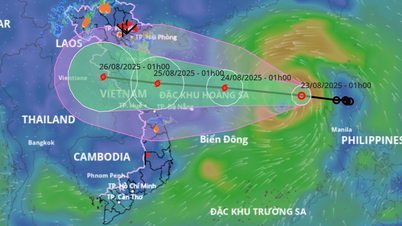

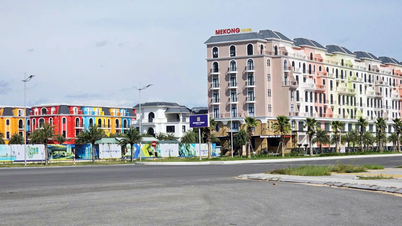












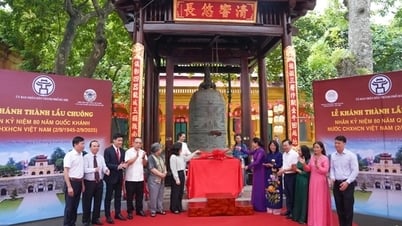



















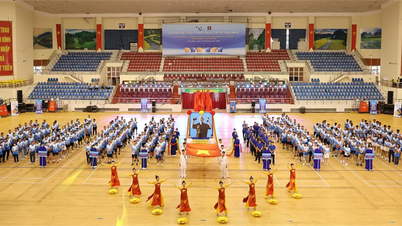
































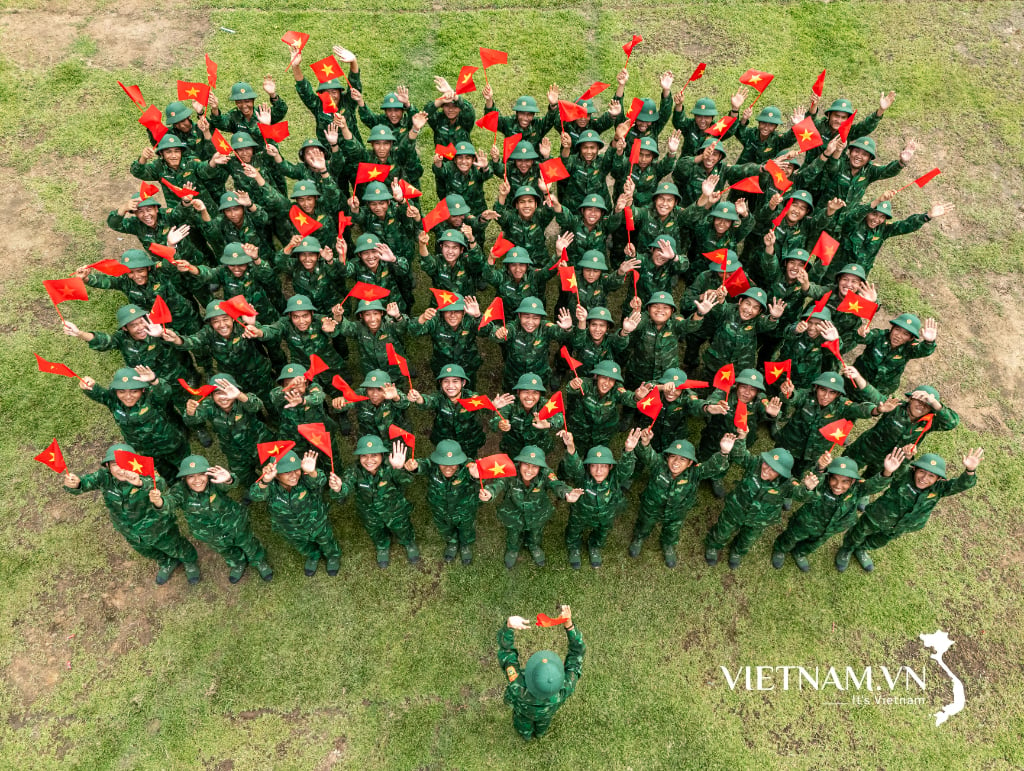



Comment (0)